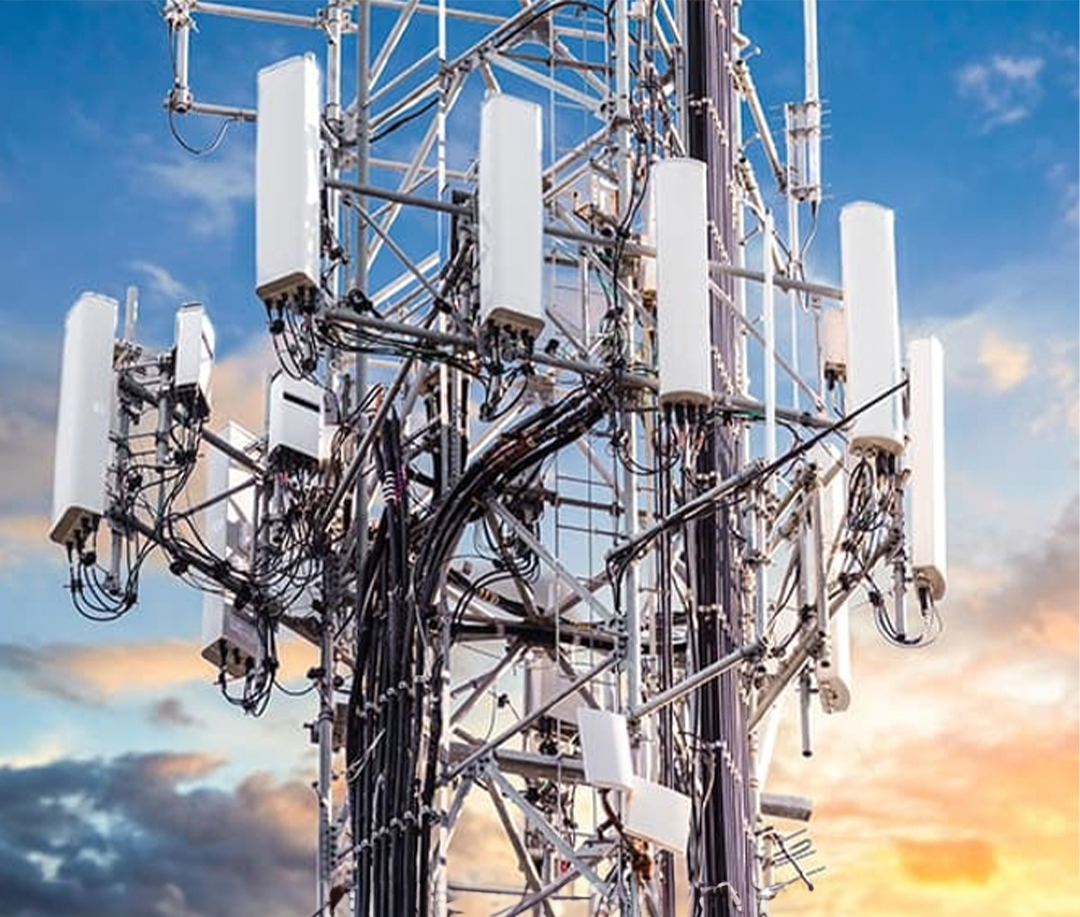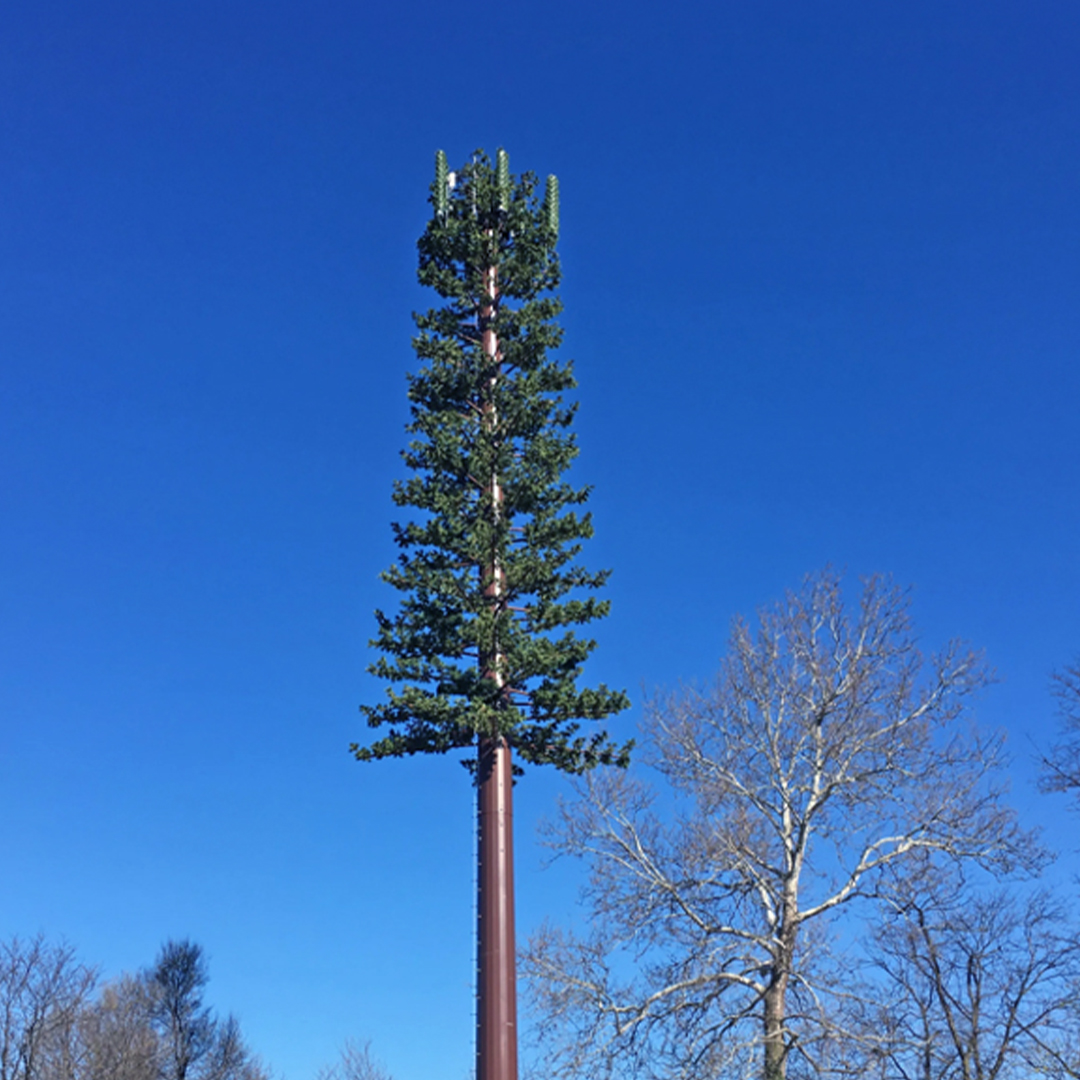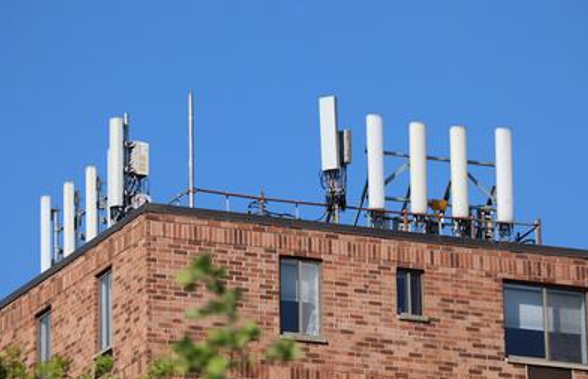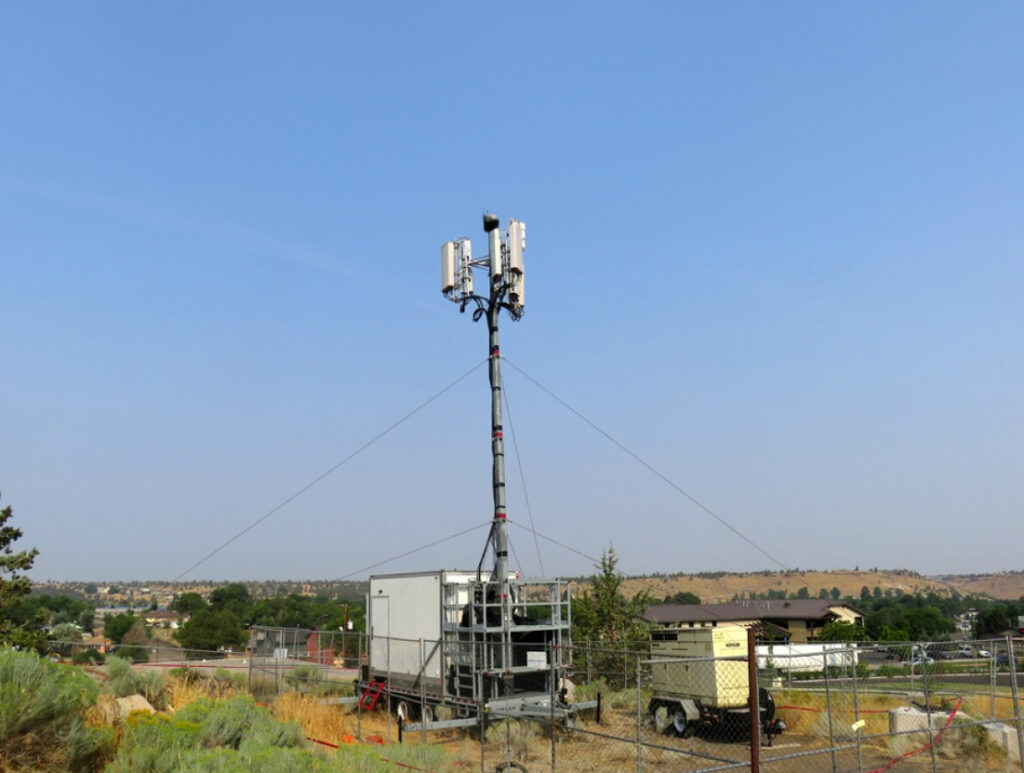Many of us may not realize that our mobile phones interact with cellular sites every day. Cellular sites are critical components of our telecommunication networks, and they are everywhere – but to many people, these structures aren’t given a second thought. With more than 400,000 cell sites in the United States, Tilson’s Wireless division deeply understands cellular sites. Our teams design, construct, and maintain thousands of cell sites to ensure cell coverage is available in even the most remote and challenging locations.
In simplest terms, a cell site is a combination of equipment that receives and transmits radio signals. These signals are used for both data and voice transmissions. When talking about cell sites, most people picture radios and antennas, but there is much more involved. The equipment at a cell site varies based on the need, the site, and the structure.
Let’s dive into what makes up a cell site and how the equipment is used.
These are the primary pieces of equipment found on a cell site. The radio, or remote radio unit, is the equipment responsible for processing radio frequencies and then receiving and transmitting signals. Once these signals are processed by the radio, the antennas direct these incoming and outgoing signals.
Working together, the radio unit processes radio frequencies, and the antenna directs these signals, which is what your cell phone is capturing for communication.

This radio and antenna equipment can be deployed in a variety of ways, such as towers, poles, stealth sites, rooftops, water towers, and on mobile units.
Most cell equipment is located on a tower, but the type of tower differs based on location and need.
For example, a simple monopole tower takes the least amount of space and is simple to build, making it a favorite wireless equipment for network developers. However, monopole towers are limited by how tall they can be. These are often found throughout small towns, dense neighborhoods, and downtown cities.
In rural areas with more space, the tallest towers are those with guyed wires. Guyed towers do not stand solely on their own, but instead rely on diagonal cables attached to the ground for added strength. These long wires are engineered to safely support the tower and all the equipment installed on it.
Between the size of the small monopole tower and the large guyed tower is the self-support tower (SST) or lattice tower. These towers have a self-supporting frame and do not require guyed wires for strength. They have a smaller footprint than a guyed tower but cannot be built as tall.
Some jurisdictions prefer that cell sites are kept hidden from the public eye. For example, small cell equipment, which improve capacity for the transmission of data in dense areas of heavy network use, are often built on poles designed to resemble light poles. This helps them seamlessly blend in with neighborhoods and downtown areas.

For heavily wooded areas, parks, and natural areas, a cell site can be disguised as a tree in the landscape. The pole, typically a monopole, is painted to resemble a tree trunk while fake branches are added to hide the cell equipment and better match the environment. These stealth sites help reach rural areas and provide critical emergency services to hard-to-reach areas while minimizing their visual impact.
In areas where towers and poles can’t be used, either from lack of space or due to aesthetic reasons, carriers often turn to rooftops or water tanks as sites for cell equipment. This equipment serves the same function as the equipment on a tower but is less noticeable to the public. Next time you’re walking through your town, look up and see if you can spot any of these cell sites.


One innovative approach to cell coverage is a mobile cell site, also known as a cell site on wheels. It is exactly what it sounds like – a pole with cellular equipment that can be towed or driven to a specific site. This allows carriers to be more flexible with coverage during complicated situations. For example, a mobile cell site may be brought in if an existing cell site is undergoing maintenance or still under construction. They can also be used for large events such as concerts or sporting events when a boost to coverage and capacity is required for an influx of cell users.
As technology continues to advance, more and more cell sites will be constructed around the United States. Tilson’s Wireless division consists of hundreds of crews, bucket trucks and a fleet of 1500+ vehicles providing coverage and boosting capacity in even the most challenging locations. Whether it’s a small rooftop site or a giant guyed tower, our teams plan, engineer, construct, and maintain thousands of cell sites across the country.